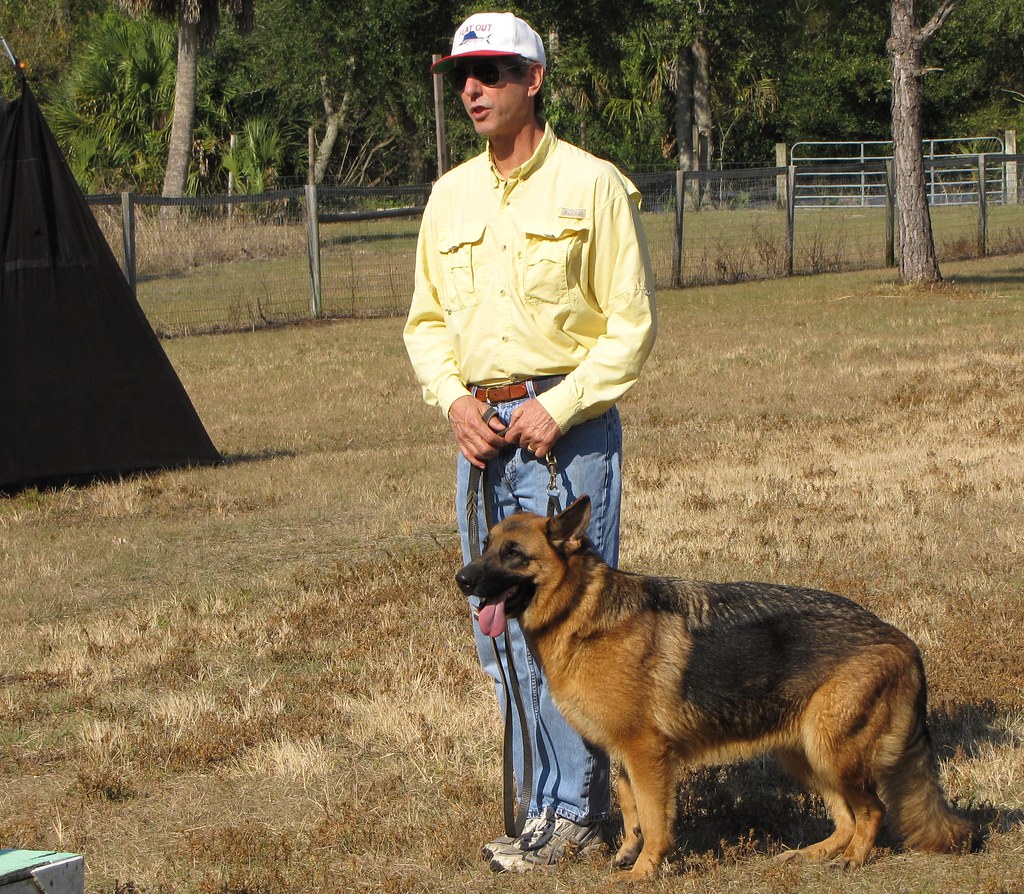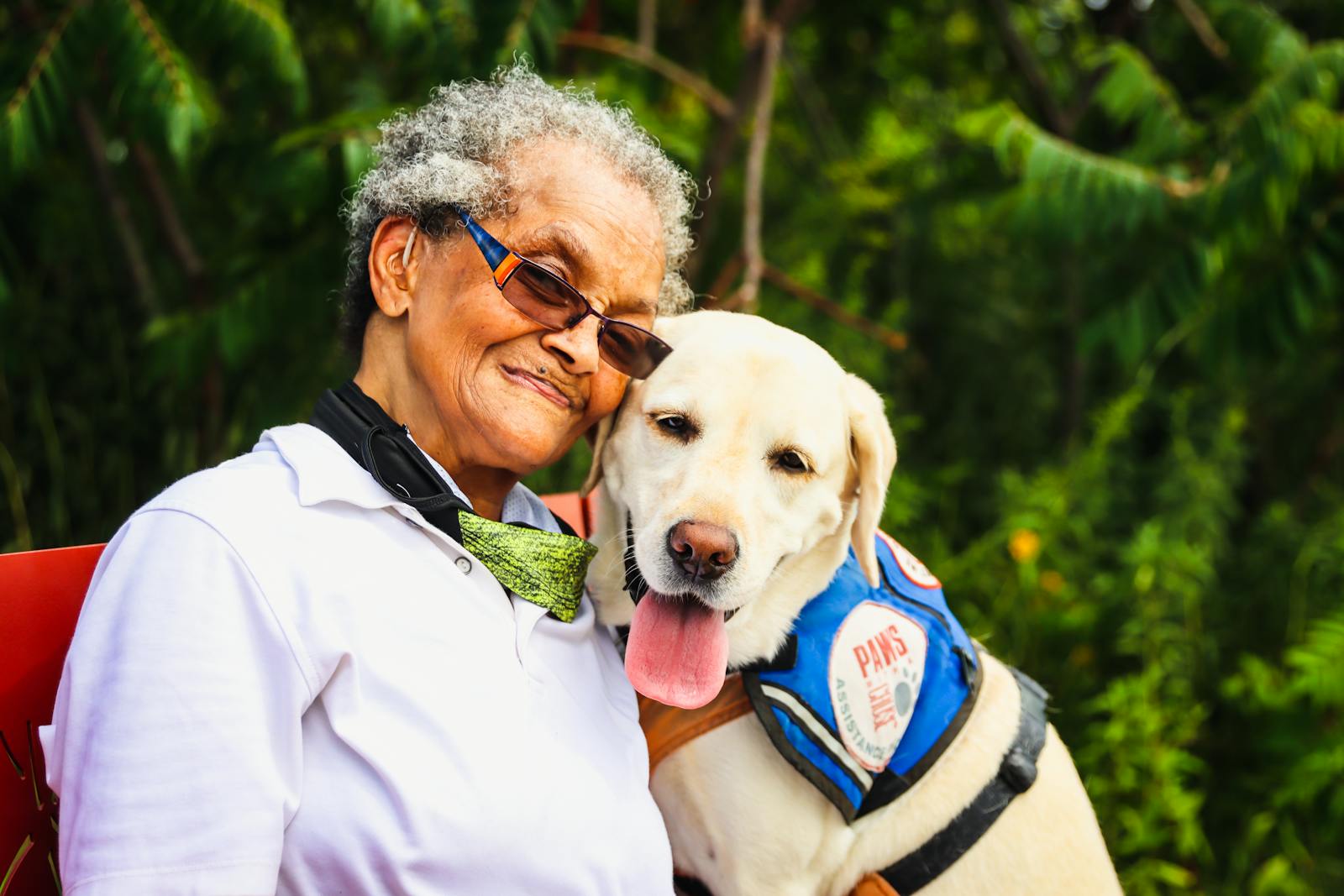Understanding Breed-Specific Legislation: What It Means for Your Dog
Understanding Breed-Specific Legislation: A Narrative Overview
In neighborhoods across the country, discussions about dog breeds often spark passionate debates—none more so than those surrounding breed-specific legislation (BSL). At its core, BSL refers to laws and regulations that restrict or regulate specific dog breeds deemed dangerous, with the intention of enhancing community safety.
Originating from incidents of dog attacks, these laws were enacted in response to perceived threats posed by breeds frequently associated with aggression, such as Pit Bulls and Rottweilers. Advocates of BSL argue that by targeting these breeds, communities can reduce bite incidents and enhance overall public safety. With the goal of preventing tragedies, lawmakers and concerned citizens alike view BSL as a necessary measure to protect families and children from potential harm.
However, the intended purpose of BSL often comes under scrutiny. Critics argue that such legislation oversimplifies complex behaviors, placing blame on specific breeds rather than addressing the root causes of aggressive behavior—namely, socialization, training, and owner responsibility. The fundamental premise of BSL raises questions about fairness and efficacy, leading to an ongoing debate: Can legislation truly prevent dog attacks, or does it simply discriminate against certain breeds?
As the conversation surrounding BSL continues, it is crucial for communities to weigh the implications of these laws. Understanding the underlying issues of dog behavior and responsible pet ownership can lead to more effective solutions that ensure safety without marginalizing specific breeds.

The Controversy Surrounding BSL: Arguments For and Against
The debates surrounding breed-specific legislation (BSL) are rife with emotion and complexity. Proponents of BSL assert that these laws are essential for public safety. They argue that by controlling breeds often labeled as “aggressive,” communities can effectively minimize the risk of dog attacks. Supporters often cite statistics suggesting a higher incidence of bites and attacks linked to breeds like Pit Bulls and Rottweilers, using these data points to advocate for the prohibition or strict regulation of certain breeds. The belief is that by eliminating or restricting dogs of specific breeds, families feel safer, especially in neighborhoods with children.
On the other hand, critics argue that BSL is misdirected, advocating instead for a more nuanced approach to dog ownership and public safety. They contend that the behavior of an individual dog is shaped more by factors such as training, socialization, and the owner’s responsibility than by breed alone. For instance, studies have shown that the environment in which a dog is raised significantly influences its temperament. Compliance with existing leash laws and responsible dog ownership could effectively mitigate the risks without unfairly targeting specific breeds. Furthermore, many animal behaviorists warn that defining dangerous dogs solely by breed can lead to stereotypes and misconceptions, potentially harming well-behaved dogs that fall under the restricted breeds.
The ongoing debate over BSL boils down to key questions: Can legislation genuinely curtail dog attacks? Or is it simply misdirected, overshadowing all breeds with a veil of suspicion based on past incidents? As communities grapple with these questions, the focus should shift towards promoting responsible pet ownership and comprehensive training programs while considering the implications of enforcing breed-specific laws.

Understanding Specific Breeds: The Breeds Typically Targeted by BSL
Among the breeds most frequently targeted by breed-specific legislation (BSL) are Pit Bulls, Rottweilers, Doberman Pinschers, and American Staffordshire Terriers. These breeds often fall under scrutiny due to their strong physiques and associations with aggressive incidents, which contributes to their reputations as “dangerous” dogs. But what exactly are the characteristics that lead to these perceptions?
Pit Bulls, known for their muscular build and high energy levels, are often labeled as aggressive due to their history of being used in dog fighting. Despite this, owners report that they can be gentle and affectionate companions when raised in loving environments. Their high intelligence and loyalty make them trainable, yet improper training or socialization can lead to behavior issues.
Similarly, Rottweilers possess a natural protective instinct, which can be misinterpreted as aggression. These dogs are known for their strength and confidence, traits that have historically made them preferred guard dogs. However, when properly trained and socialized from a young age, they can be wonderfully calm and gentle family pets.
Doberman Pinschers, historically used as working dogs, have also faced stigma. They are often perceived as intimidating due to their sleek appearance and alert nature. But, much like the other breeds mentioned, they require responsible ownership, including socialization and consistent training, to thrive as loving companions rather than aggressive threats.
American Staffordshire Terriers, often confused with Pit Bulls, exhibit similar traits of loyalty and strength. These dogs can have a soft demeanor when raised in a nurturing environment, though they too may be mischaracterized solely because of their physical attributes.
In essence, the characteristics of these targeted breeds reveal that aggression is not inherently tied to breed but rather influenced by factors such as environment, training, and individual personality traits. Understanding these nuances can foster a more balanced perspective on BSL and contribute to public safety without unfairly labeling specific breeds.

The Effects on Dog Owners: Navigating Life Under BSL
The ramifications of breed-specific legislation extend far beyond the intended aims of public safety; they deeply affect the lives of dog owners and their beloved pets. For many owners, their dogs are not just pets but treasured family members. BSL can create a culture of fear and anxiety, as owners grapple with the possibility of fines and penalties simply for owning a certain breed.
In several communities, dog owners have reported feelings of shame and stigma associated with their pets. This emotional impact can lead to strained relationships with neighbors who may unfairly associate specific breeds with danger. Moreover, mandatory muzzling requirements can hinder the ability of owners to socialize their dogs effectively. This lack of socialization can exacerbate the very issues BSL aims to mitigate, perpetuating a cycle of misunderstanding and misbehavior.
The financial implications are also significant. Owners of regulated breeds often face the prospect of hefty fines if they fail to comply with the rules set forth by the legislation. Additionally, there may be an increased burden for insurance—many homeowners’ insurance policies impose higher premiums or outright exclusions for certain breeds.
Community organizations and advocacy groups have begun to mobilize against BSL, promoting education about responsible pet ownership and advocating for behavior-based legislation instead. Real-world examples showcase how communities have successfully implemented programs focused on training and socialization, resulting in decreased bite incidents without discriminating against specific breeds.
In summary, BSL poses challenges not only to dog ownership but also to the overall perception of breeds considered dangerous. Open dialogue and education remain critical components in bridging the gap between legislation and responsible ownership, inviting dog-loving communities to unite in developing more humane, effective approaches to pet safety.

Exploring Alternatives to BSL: Promoting Dog Safety Through Responsible Practices
In light of the ongoing debate surrounding breed-specific legislation, it’s crucial for communities to explore alternative approaches that prioritize dog safety and public protection without relying on breed restrictions. By focusing on responsible pet ownership and community engagement, we can foster safer environments for both dogs and humans.
One effective alternative is to promote comprehensive education on dog behavior and owner responsibilities. Teaching dog owners about the importance of socialization, training, and understanding breed characteristics can significantly reduce the risk of aggressive incidents. Dog training programs that emphasize positive reinforcement can go a long way in curbing undesirable behaviors.
Another approach is implementing community-based initiatives that prioritize responsible ownership. This includes measures like mandatory training and socialization classes for puppies, as well as regular health audits for all dogs in the neighborhood, ensuring that they are well-adjusted and properly cared for. Communities can foster stronger bonds among residents through events such as dog playdates and educational workshops, which can enhance understanding and communication between dog parents and their neighbors.
Furthermore, local governments can enhance public safety by creating breed-neutral dangerous dog laws. These laws would focus on the behavior of individual dogs rather than their breed, holding owners accountable for aggressive actions and encouraging responsible pet management across the board.
By emphasizing education, community engagement, and responsible ownership, we can build a society where dog safety thrives without the need for breed-specific legislation. Such a shift not only protects the welfare of dogs but also ensures that all breeds can coexist harmoniously within our neighborhoods.

Real-Life Impacts: Emotional and Practical Implications of BSL
For many dog owners, the implications of breed-specific legislation (BSL) extend far beyond legal restrictions; they weave into the fabric of daily life and emotional well-being. Consider Sarah, a devoted Pit Bull owner from a suburban neighborhood. When her town enacted a BSL ordinance targeting Pit Bulls, Sarah felt the weight of fear and uncertainty. In her eyes, her five-year-old dog, Max, was a sweet-natured companion who had never shown aggression. Yet, the law painted Max as a potential threat.
One chilly evening, as Sarah walked Max, a neighbor confronted her, expressing a mix of fear and disdain for the breed. Their interaction left her shaken, as she grappled with the social stigma attached to her dog. Often, she found herself avoiding local parks and community spaces, feeling unwelcome as a Pit Bull owner. In her heart, Sarah knew that Max’s behavior was a reflection of her responsible ownership, but that did little to assuage the fears of her community.
Across the country, similar stories resonate. Daniel, an owner of a Rottweiler named Duke, faced the unsettling reality of having to move when his city adopted a BSL statute. The decision was not only uprooting for Daniel and his family; it also meant leaving behind a tight-knit community they had called home for years. In a heartfelt conversation, Daniel stated, “It felt like I was being punished for something I didn’t do, and my dog was caught in the crossfire.”
These narratives illustrate the emotional turmoil and practical challenges that BSL brings into the lives of responsible dog owners. For many, these laws breed an atmosphere of anxiety, alienation, and confusion, undermining the bond between humans and dogs. As communities reconsider the efficacy of BSL, acknowledging the stories behind the legislation is vital in fostering a more compassionate and informed dialogue.

Advocacy and Change: Shaping Alternatives to Breed-Specific Laws
In response to the often contentious debate surrounding breed-specific legislation (BSL), individuals and organizations have begun advocating for a shift towards breed-neutral laws. This movement underscores the importance of addressing the root causes of dog aggression, instead of unfairly targeting specific breeds.
Animal welfare groups, including Best Friends Animal Society and the Humane Society, are at the forefront of this advocacy. They emphasize community education as a key component of their efforts. By promoting responsible dog ownership through training classes, socialization programs, and various outreach initiatives, these organizations aim to foster a culture of understanding rather than fear. For example, community workshops that teach dog behavior and responsible training can greatly mitigate the perceived risks associated with certain breeds.
Moreover, grassroots campaigns are mobilizing local communities to challenge existing BSL and promote breed-neutral legislation. Pet owners are rallying together, sharing personal stories of well-behaved dogs that happen to be from stigmatized breeds. These narratives can help humanize the conversation, shifting focus from fear to compassion and understanding.
Legislators are also beginning to listen, inspired by data that shows breed-neutral laws can lead to safer communities without stigmatizing certain breeds. For instance, cities like San Francisco have successfully repealed BSL in favor of laws that emphasize responsible pet ownership and dangerous dog assessments based on behavior rather than breed.
Through persistent advocacy and community engagement, the movement towards breed-neutral legislation is gaining traction, challenging the misconception that blaming breeds can genuinely enhance public safety. The ongoing dialogues driven by dedicated advocates serve as a reminder that understanding and responsibility are critical in creating harmonious communities for both dogs and their owners.

Conclusion
As we draw this exploration of breed-specific legislation to a close, it is evident that the impact of these laws reaches far beyond the confines of any individual dog or breed. On one hand, proponents argue that BSL shields communities from potential danger, yet such reasoning often neglects the critical role of responsible dog ownership and the myriad factors contributing to canine behavior. The reality is that aggression is not inherently tied to a dog’s breed, but rather influenced by a combination of upbringing, socialization, and training.
Moreover, the stigmatization of certain breeds fosters an unnecessary divide among dog owners and perpetuates a culture of fear. The dialogue surrounding BSL highlights the necessity for informed conversations that take into account the nuances of dog behavior and ownership responsibility. It may be more effective to focus on educational programs and comprehensive training for dog owners, regardless of the breed they choose to adopt. By fostering understanding and communication, we can advocate for safer communities without resorting to punitive measures that disproportionately target specific breeds.
Ultimately, the conversation surrounding breed-specific legislation is a call to action for communities to prioritize informed discussions over fear-driven decisions. By promoting responsible dog ownership and focusing on the root causes of aggression, we can create a harmonious environment for both dogs and their owners.
news via inbox
Nulla turp dis cursus. Integer liberos euismod pretium faucibua





